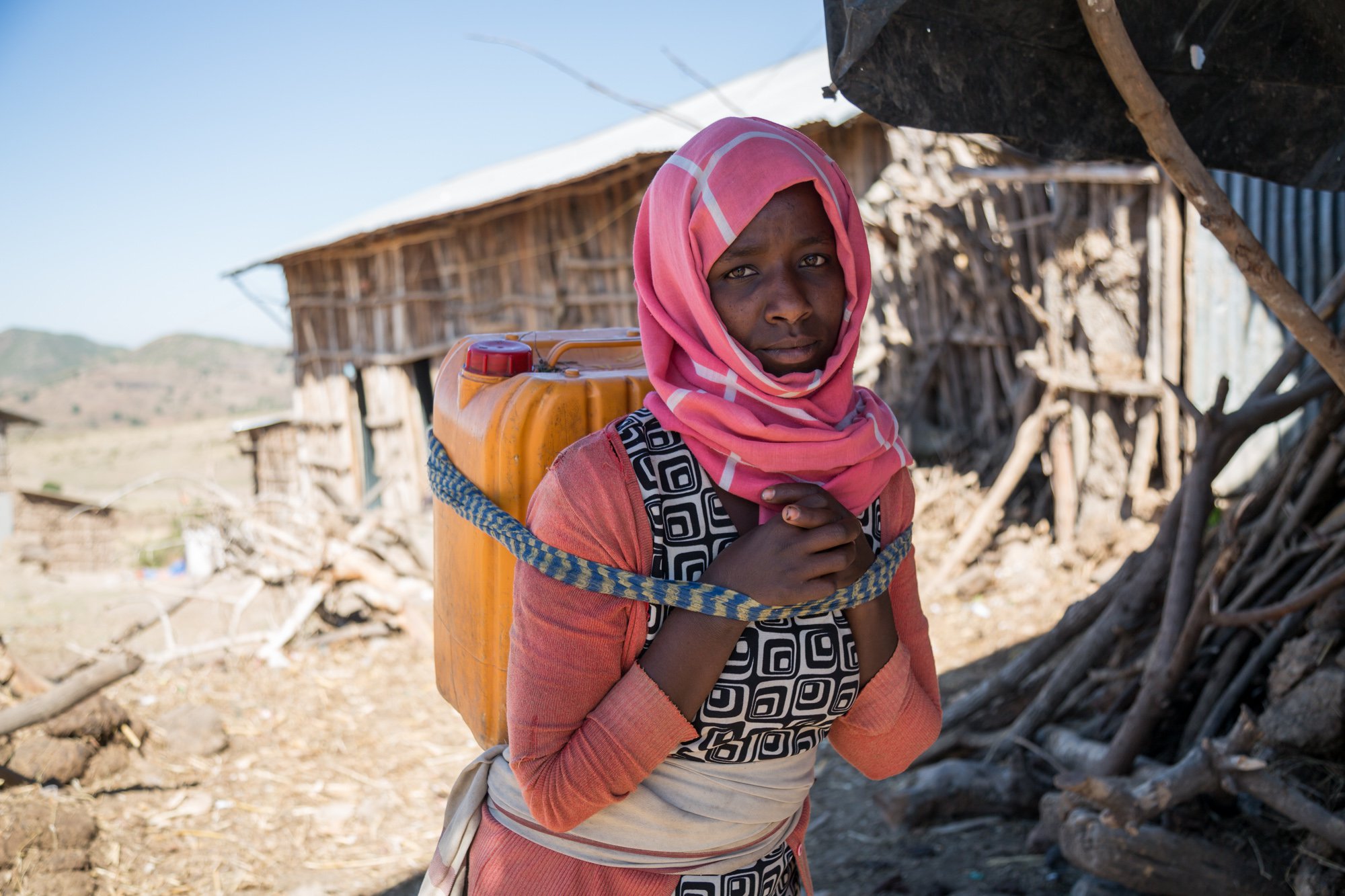The Ethiopian government has recently taken a number of important steps to protect and promote adolescent health. These steps are in line with the commitments of: Sustainable Development Goal (SDG) 2, which calls for zero hunger; SDG 3, which aims to promote good health and well-being for all at all ages and specifically targets the provision of sexual and reproductive health information and services; and SDG 5, which includes a commitment to universal access to sexual and reproductive health and reproductive rights. They are also in line with the World Health Organization’s (WHO) global standards for quality health care services for adolescents. The government has also developed a National Adolescent and Youth Health Strategy and established a dedicated Department for Adolescent Health. With a strong focus on family planning, antenatal care, and HIV prevention, some dimensions of adolescent health are also part of the nationwide health extension package comprising 16 key services delivered at community level. The 2016 Ethiopia Demographic and Health Survey (DHS) highlights that efforts are paying off, with adolescents’ contraceptive knowledge and uptake steadily improving over time – and adolescent fertility falling in tandem. The DHS also, however, highlights that there remains much room for progress, with adolescent outcomes – from rates of anaemia to condom use – uneven across regions.
This report synthesises findings from the Gender and Adolescence: Global Evidence (GAGE) programme’s 2019/2020 midline data collection to explore changes in Ethiopian adolescents’ physical health, including nutrition and sexual and reproductive health, in the two years since the baseline. We pay careful attention to gender, and urban–rural and regional differences in how young people aged 12–19 are able to keep themselves healthy and access the information and services they need. We then discuss key actions needed to accelerate progress and ensure that all adolescents have good access to health and well-being, including their rights to sexual and reproductive health.

